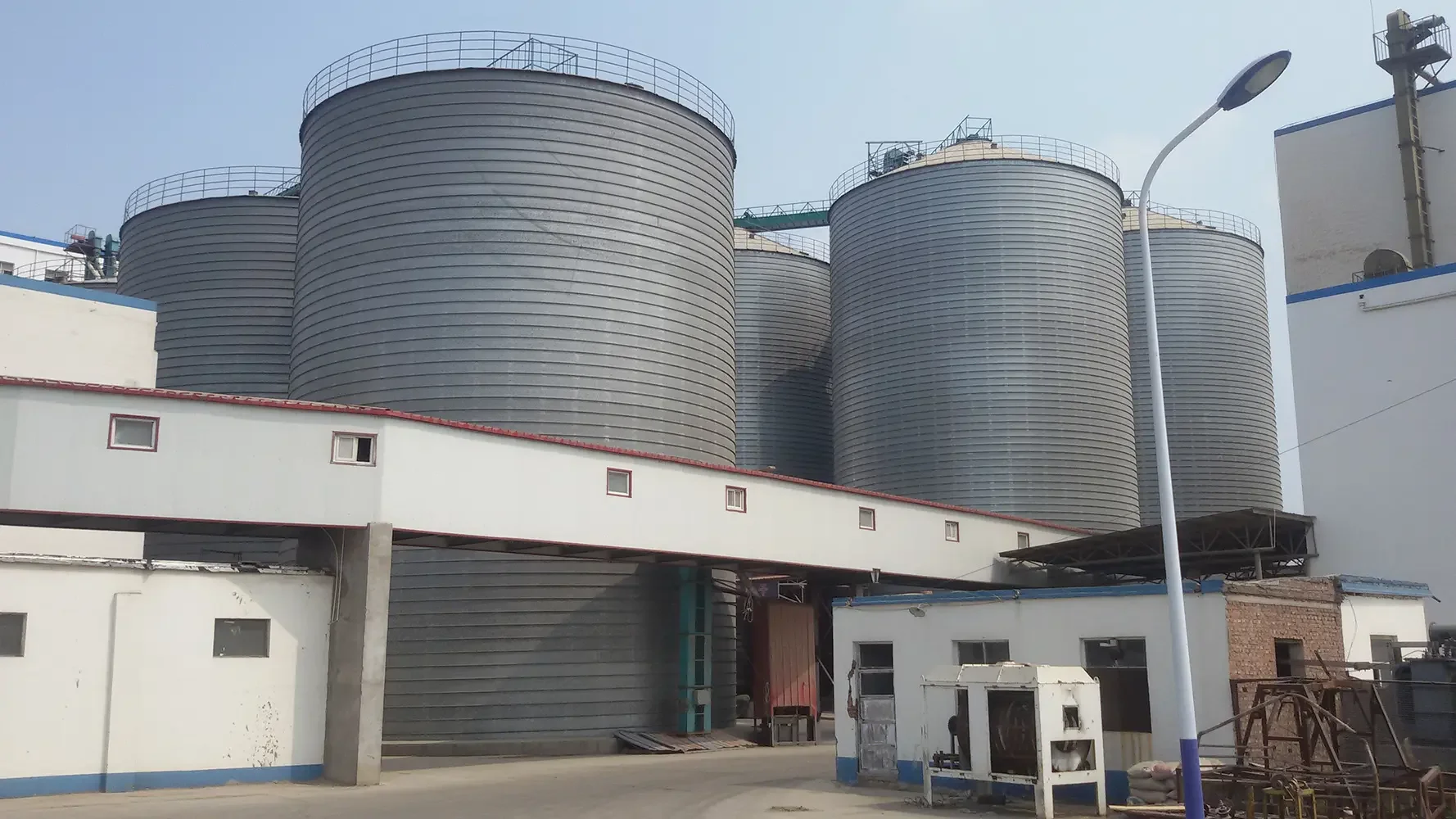In an age where environmental consciousness and health awareness are at the forefront of consumer choices, the quest for non-toxic chemicals has gained significant momentum. From household products to industrial applications, understanding which chemicals are non-toxic can empower individuals and organizations to make safer, more sustainable choices. This article delves into the characteristics of non-toxic chemicals, their applications, and practical examples, providing a comprehensive guide for those seeking safer alternatives.
Understanding Non-Toxicity
The term non-toxic refers to substances that do not pose a significant risk of harm to human health or the environment under normal conditions of use. However, it is essential to recognize that toxicity is often context-dependent. Factors such as exposure levels, duration, and individual sensitivities can influence whether a chemical is deemed toxic. Therefore, a thorough understanding of the properties and behaviors of chemicals is crucial in identifying non-toxic options.
Characteristics of Non-Toxic Chemicals
- Biodegradability: Non-toxic chemicals are often biodegradable, meaning they can be broken down by natural processes into harmless substances. This characteristic is vital for reducing environmental impact and promoting sustainability.
- Low Volatility: Many non-toxic chemicals exhibit low volatility, which minimizes the release of harmful vapors into the air. This property is particularly important in indoor environments, where air quality can significantly affect health.
- Minimal Irritation: Non-toxic substances typically cause minimal irritation to the skin, eyes, and respiratory system. This quality makes them suitable for use in products intended for frequent human contact, such as personal care items and cleaning agents.
- Non-Carcinogenic: Non-toxic chemicals do not contain compounds known to cause cancer. This characteristic is crucial for ensuring long-term safety in consumer products.
Practical Examples of Non-Toxic Chemicals
- Vinegar: A staple in many households, vinegar is a versatile non-toxic chemical used for cleaning, cooking, and preserving food. Its acetic acid content provides antibacterial properties, making it an effective natural cleaner.
- Baking Soda: Sodium bicarbonate, commonly known as baking soda, is another non-toxic chemical with a wide range of applications. It can be used as a gentle abrasive cleaner, deodorizer, and even in personal care products like toothpaste.
- Citric Acid: Found naturally in citrus fruits, citric acid is a non-toxic alternative to synthetic preservatives and cleaning agents. It is effective in breaking down mineral deposits and can be used in food preservation and household cleaning.
- Essential Oils: Many essential oils, such as lavender, tea tree, and eucalyptus, are considered non-toxic when used appropriately. They offer natural fragrance and antimicrobial properties, making them popular in personal care and cleaning products.
- Plant-Based Surfactants: Derived from natural sources, plant-based surfactants are non-toxic alternatives to traditional synthetic surfactants used in detergents and cleaning products. They are effective in breaking down grease and dirt while being gentle on the skin and the environment.
Applications of Non-Toxic Chemicals
The use of non-toxic chemicals spans various industries, including:
- Household Cleaning: Many consumers are shifting towards non-toxic cleaning products to minimize exposure to harmful chemicals. Brands that prioritize plant-based ingredients and biodegradable formulations are gaining popularity.
- Personal Care: The beauty and personal care industry is witnessing a surge in demand for non-toxic products. Consumers are increasingly seeking formulations free from parabens, sulfates, and synthetic fragrances.
- Food Preservation: Non-toxic chemicals like citric acid and vinegar are widely used in food preservation, providing safe alternatives to synthetic preservatives.
- Agriculture: The agricultural sector is exploring non-toxic pest control methods, such as essential oils and natural insecticides, to reduce chemical exposure in food production.
Conclusion
The pursuit of non-toxic chemicals is not merely a trend; it represents a fundamental shift towards safer, more sustainable practices in our daily lives. By understanding the characteristics and applications of non-toxic substances, individuals and businesses can make informed choices that prioritize health and environmental well-being. As we continue to explore the vast array of non-toxic alternatives available, we pave the way for a healthier future for ourselves and the planet. Embracing non-toxic chemicals is not just about reducing harm; it is about fostering a culture of safety, sustainability, and responsibility in our everyday choices.


More Stories
The Role of Combining DC Fast Chargers and Energy Storage Systems in Building Efficient Charging Networks
How Liquid-Immersed Transformers Improve Electrical Efficiency
Custom Solar Slew Drive Design for Precision Tracking Systems